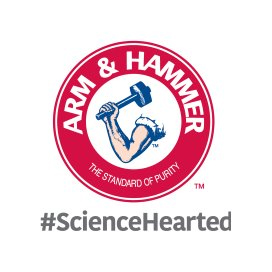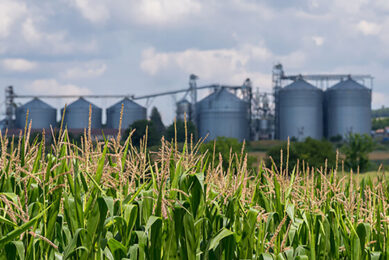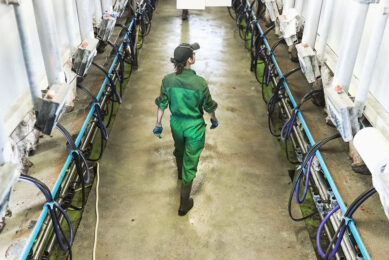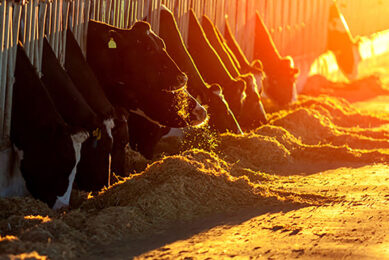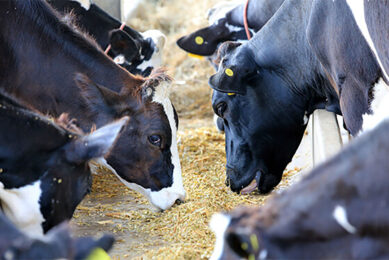Manage somatic cell count and aflatoxins for milk quality
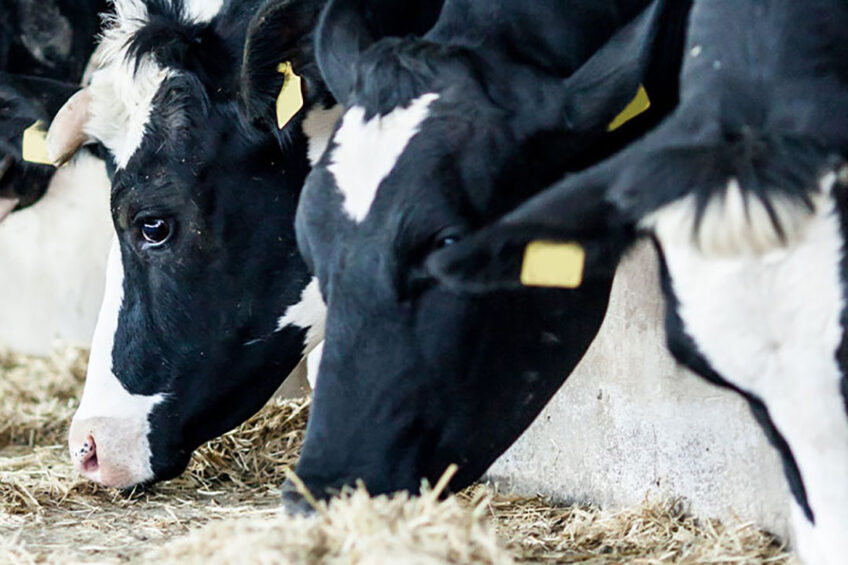
Regardless of your milk volume goals, producing high quality milk is your ultimate mission as a dairy producer. Somatic cell count (SCC) and protein content affect dairy product flavour, shelf life and cheese yield. And it’s mandatory to keep contaminants such as aflatoxins out of milk to meet regulatory standards, market expectations and consumer trust.
Many factors affect milk quality, including weather, hygiene, animal genetics and product handling. Diet often plays a critical role as well. Deficiencies in energy or essential nutrients can hamper cows’ resistance to mastitis pathogens. Maintaining the cow’s immune system can help her ward off bacterial challenges that cause high SCC.
RFCs support the immune system
One management solution to consider for bolstering immunity is feeding Celmanax to your lactating cows. The Refined Functional Carbohydrates (RFCs) in Celmanax support the immune system to help cows become more resilient against environmental challenges, including bacteria that impact milk quality. RFCs also optimise digestion and mitigate aflatoxins that can carry over in milk when cows eat contaminated feedstuffs.
Somatic cell count reduction
Research shows how improved immunity translates into higher milk quality. In three separate studies (Study 1, Study 2, Study 3), cows fed RFCs had numerically lower SCCs compared with control groups without the feed additive (Figure 1).
Figure 1 – Celmanax effect on SCC (x 1,000 CELLS/ML).

Preventing aflatoxins in milk
Another milk quality concern is potential carryover of aflatoxin in milk, caused by Aspergillus flavus fungus and related species of moulds in feed. Although many types of mycotoxins occur commonly in feed, a specific concern for dairy feed is aflatoxin B1, which converts to the metabolite aflatoxin M1 during digestion. Aflatoxin M1 can then transfer to the cow’s milk. At high levels, aflatoxin M1 is toxic to humans and animals.
It’s important to know that thresholds limits for aflatoxin M1 in milk vary from country to country. For example, in Europe the maximum aflatoxin M1 content allowed in milk is 50 parts per trillion (ppt), while the US maximum is 500 ppt. Milk with levels exceeding this amount must be discarded. If your lactating cows eat feed containing aflatoxins at 20 parts per billion (ppb) or greater, realise that their milk may exceed the tolerance levels for aflatoxins in milk1.
Mycotoxin contamination
Regardless of the tolerance levels in your region, it’s important to consider the risk of aflatoxin contamination. The levels of feed contamination vary from year to year based on growing conditions, but mycotoxins are almost always present. A 10-year study2 of mycotoxins in feed, involving 72,821 samples from 100 countries, found that mycotoxin contamination is the rule rather than the exception.
In research at 2 dairy production sites affected by alflatoxins, feeding RFCs helped mitigate aflatoxins carried over in milk. Cows in the study consumed feed contaminated with about 10 ppb of alfatoxin B1. As a result, a significant number of them secreted aflatoxin M1 in their milk – more than 40% of the herd at one of the sites.
Figure 2 – Celmanax mitigation of aflatoxin M1 in milk.

The study showed that supplementing rations with RFCs effectively blocked the transfer of aflatoxin M13 to the milk of cows fed the contaminated feed. Within 3 to 7 days of starting on the feed additive, the cows in the study no longer secreted aflatoxin M1 into milk (Figure 2).
RFCs work in synergy to help cows overcome multiple environmental stressors to maintain health and productivity – as well as milk quality.
References are available on request
Learn more about the benefits of feeding Celmanax to dairy cows.
Author: Elliot Block, Ph.D., Research Fellow and Director of Research Arm & Hammer Animal and Food Production


